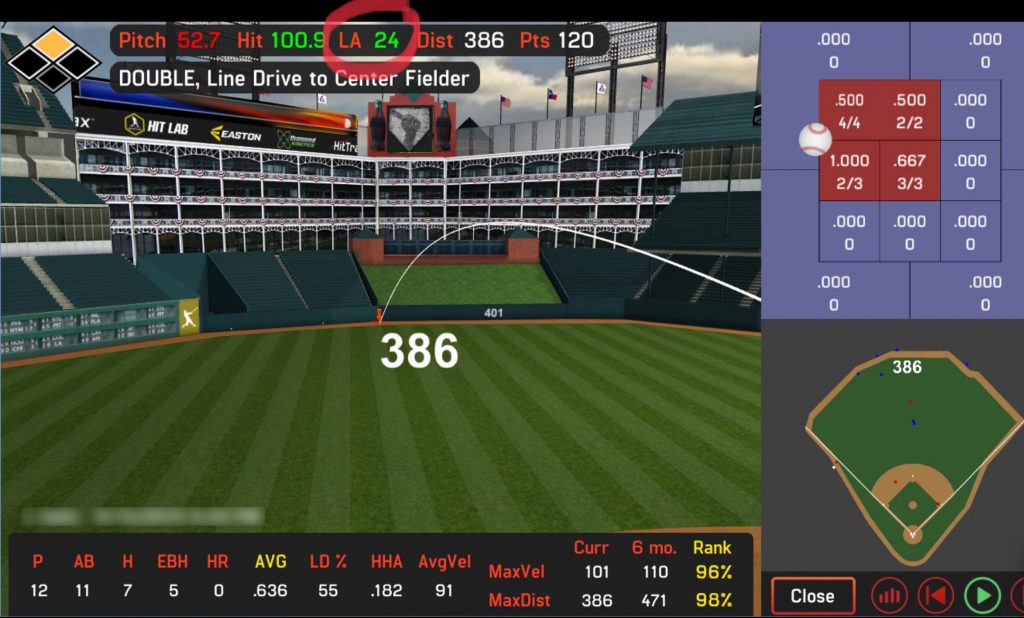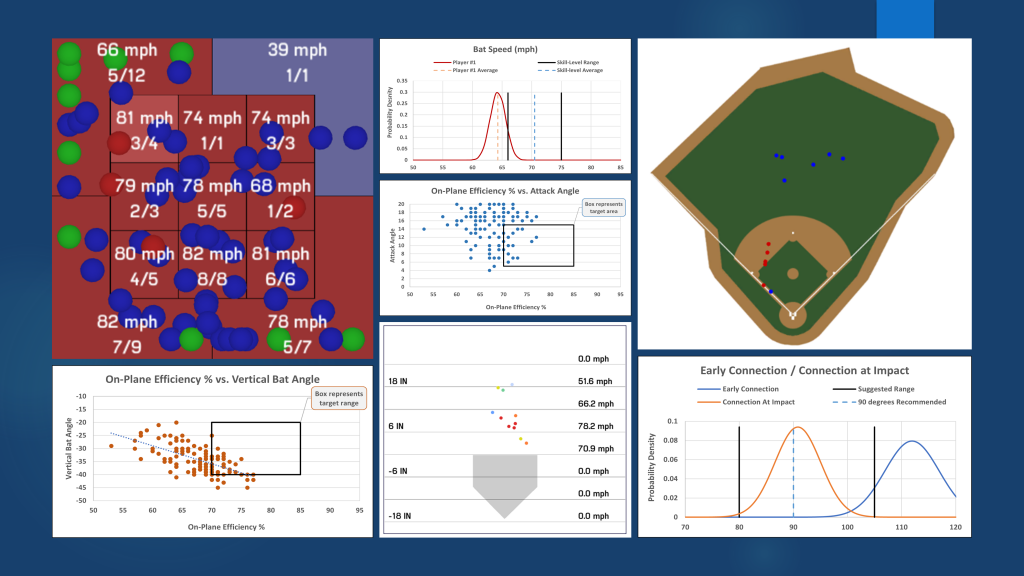In Part 1 of this article, we covered the information we gathered from the initial assessment on this specific college athlete and how we addressed the disconnects we felt could be easily improved. Part Two will now dive into the work this athlete put in through the remainder of the summer, as well as the information we gathered from reassessments and the changing landscape of our training environment. Continue reading “A Day (Week, and Month) in the Life of a College Hitter at RPP – Part 2”
A Day (Week, and Month) in the Life of a College Hitter at RPP
The summer season can be a great opportunity for college baseball players to go off and play in various summer leagues throughout the country. Some of the top tier guys go to the Cape Cod League or other competitive leagues like the NECBL and Northwoods for an opportunity to play in front of pro scouts and elevate their draft stock. Younger guys may head off to smaller leagues where pitchers can get a ton of innings and hitters can get plenty of ABs to supplement those they might not have gotten in the spring. But for other guys, the “In-Betweeners,” the summer provides a different, maybe less conventional opportunity – a chance to pop open the hood and work on their game to return to school in the fall a more efficient athlete from both a hitting and strength standpoint. Continue reading “A Day (Week, and Month) in the Life of a College Hitter at RPP”
How to Use Blast Motion and HitTrax Info to Improve – Part 2

In part 2 of this series, we’re going to zero in on HitTrax results (click here for Part 1 on Blast metrics). HitTrax provides a plethora of data in a variety of formats on batted balls that can help us evaluate a hitter’s performance at the plate, including spray charts, depth of contact and strike zone information. Given the amount of variability in hitting a baseball, we generally like to collect information on at least 100 batted balls per hitter. Hopefully this will include incoming pitches throughout the zone with different pitch descent angles to replicate as many different situations as possible. Continue reading “How to Use Blast Motion and HitTrax Info to Improve – Part 2”
How to Use Blast Motion and HitTrax Info to Improve – Part 1

A few years ago, we installed HitTrax for our hitting program. Combining HitTrax batted ball results with Blast Motion sensors provides excellent pre- and post-contact information on batted balls. Now in this 2 part article, we’re going to review what pre-contact metrics from Blast Motion and post-contact data from HitTrax tell us about a hitter and his aptitudes:
-
- Part 1: Pre-contact data provided by Blast Motion
- Part2: Post-contact data from HitTrax Continue reading “How to Use Blast Motion and HitTrax Info to Improve — Part 1”
RPP Baseball Mid-Year 2021 Update

We’re extremely excited about some return to normalcy this summer and wanted to take a moment and give you an update on some of the recent and upcoming developments here at RPP. Continue reading “RPP Baseball Mid-Year 2021 Update”


